7 Images That Will Change Your Mind About Feral Cats
Although feral cats are fearful of humans, they are still domesticated and ill-equipped to survive on their own. Many suffer as a result of well-intentioned—but misguided—activists who support programs like “trap, neuter, release” or feed feral cat colonies.
Feral cats rarely, if ever, die of old age.
They are often poisoned, shot, and tortured by cruel people.
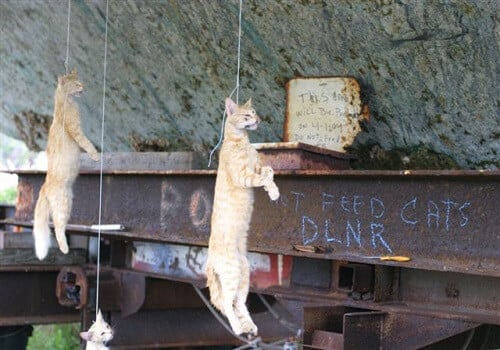
They are hit by cars and attacked by other animals.
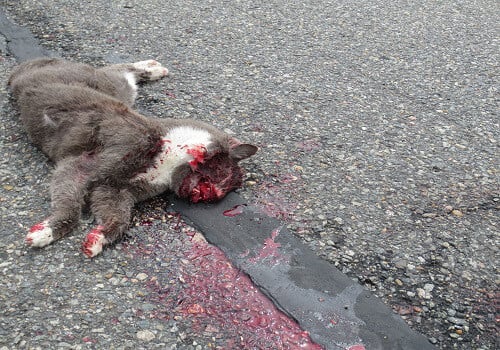
They die of exposure, starvation, and highly contagious fatal diseases, such as rabies, feline AIDS, feline leukemia, and feline infectious peritonitis (FIP).
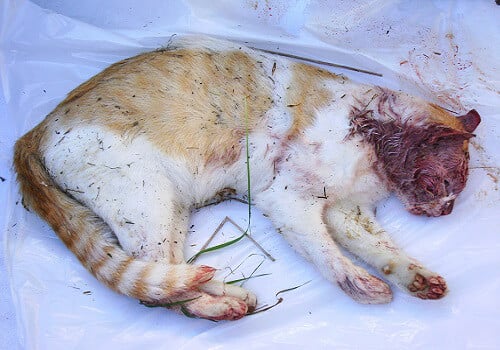
Even highly treatable conditions can be deadly for cats who cannot be handled and regularly taken to a veterinarian.
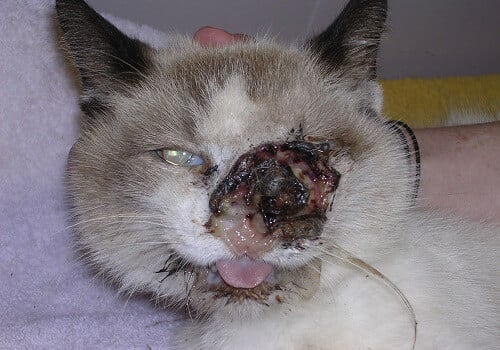
Ear mite infestations, minor cuts, and puncture wounds can turn into raging infections and abscesses.
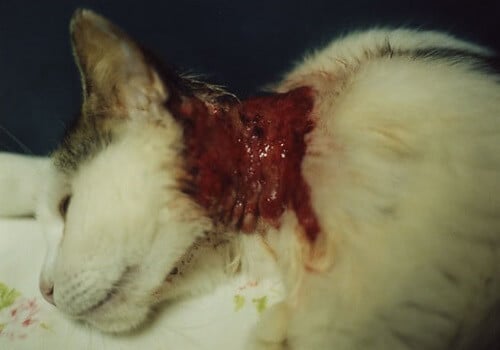
Cats with untreated upper respiratory infections may not be able to see and breathe properly—or at all—because of the mucus obstructing their eyes and noses.
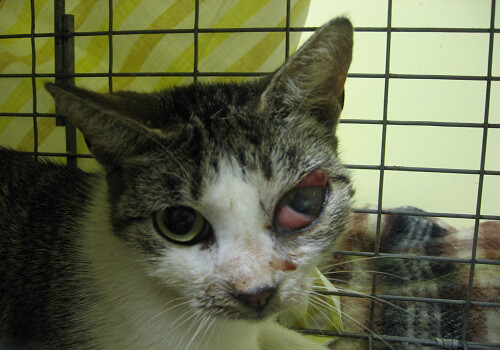
Ferals driven crazy by the pain and itching of ear mites and the accompanying infections often scratch their ears bloody.
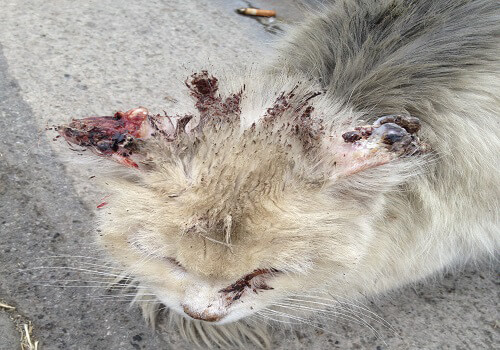
Many feral cats die of blood loss or anemia caused by parasites and fleas. Untreated urinary tract infections, which frequently lead to blockages of the urethra in male cats, cause extremely painful, lingering deaths.
But you can help these animals!
When you see free-roaming cats, don’t assume that they belong to someone. They may be lost or abandoned and in need of care, shelter, or medical treatment. Many animal shelters and animal control departments rent or loan box traps that can be used to capture feral and frightened cats humanely so that they can be taken to a reputable, open-admission shelter and those who are lost will have a chance to be safely reunited with their guardians or be placed for adoption.
Stop the overpopulation crisis and the suffering of cats on the streets by always spaying and neutering your feline friends.




